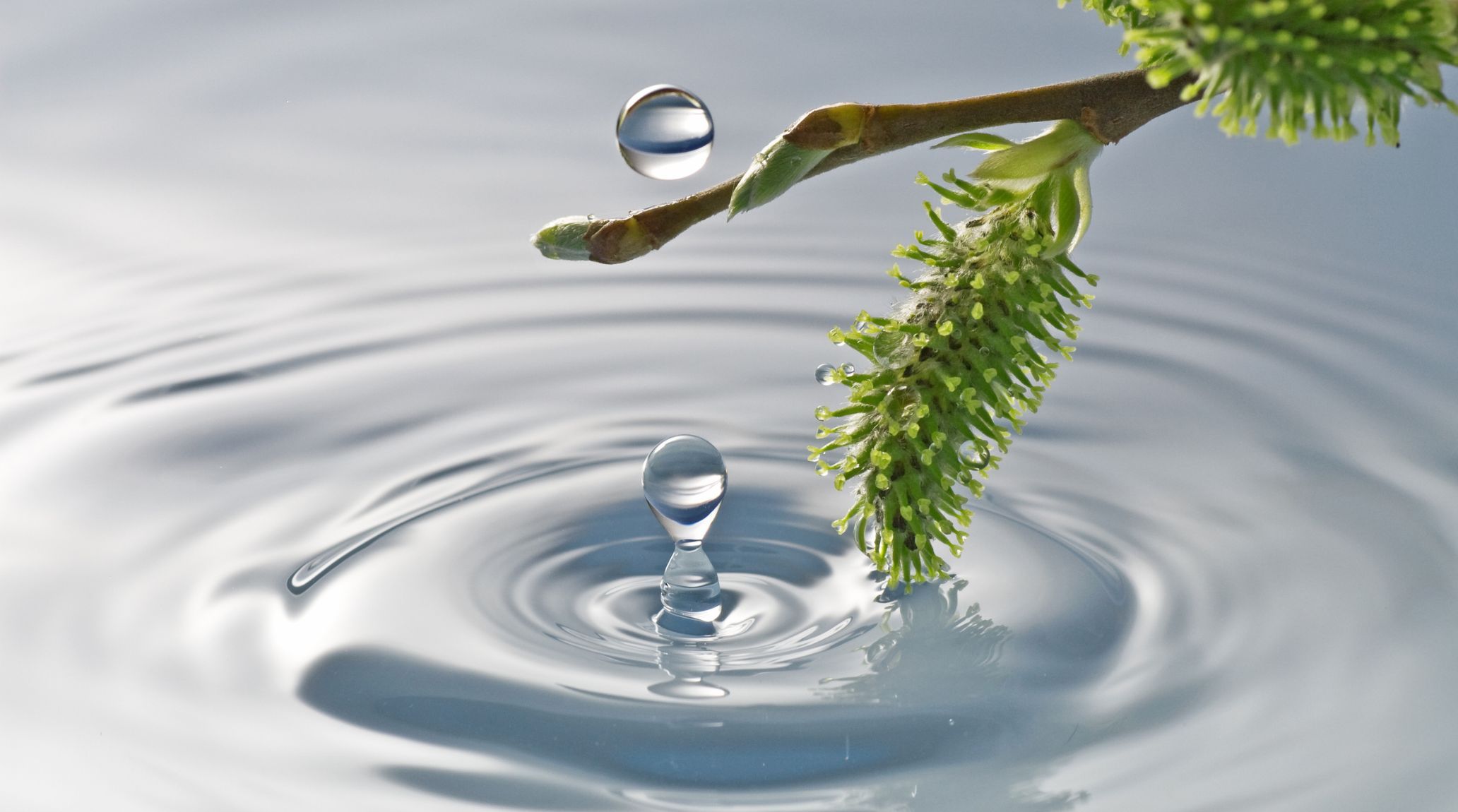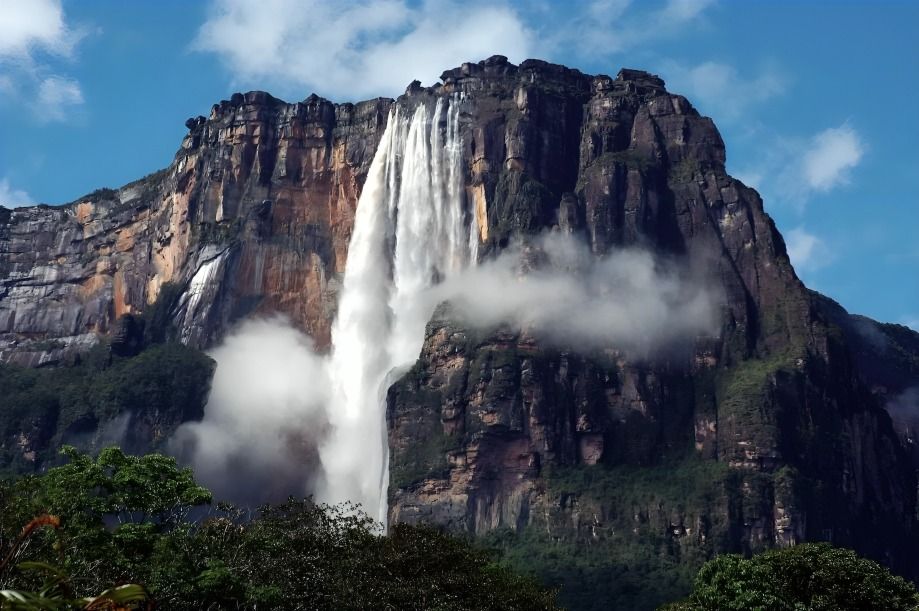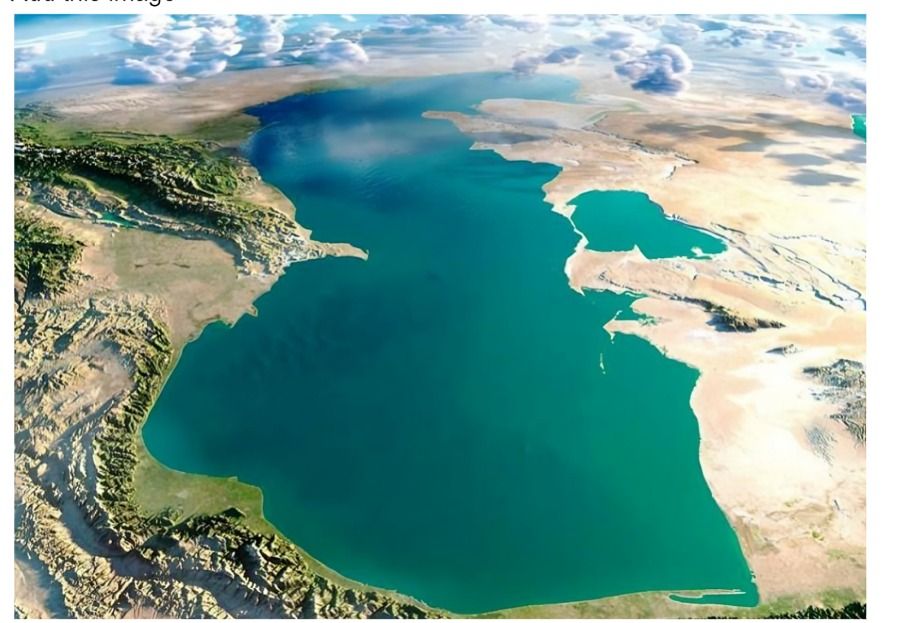
“
Explore the fascinating world of water with "20 Captivating Facts About Water." Water is essential to life, shaping our planet and influencing countless processes. Discover how it interacts with the environment, its historical and scientific importance, and how it impacts natural systems and human innovation. Dive into these intriguing insights to understand water's vital role in sustaining life and driving progress.1
1
”
Pure water is colorless, but it appears blue in large quantities due to the absorption and scattering of light. This phenomenon explains why deep ocean waters appear blue, creating stunning natural visual contrasts. 1
The water on Earth has remained the same since the planet formed. The water from your faucet might contain molecules that dinosaurs drank, as Earth's water cycles continuously through evaporation, condensation, and precipitation. 2
Nearly 97% of Earth's water is salty or undrinkable, and about 2% is locked in ice caps and glaciers. This leaves only 1% of Earth's water available for all human needs, including agriculture, industry, and daily use. 3
Water is crucial in regulating Earth's temperature and the human body. It carries nutrients and oxygen to cells, cushions joints, protects organs, and helps remove waste, ensuring vital functions and overall health. 4
Water is 75% of the human brain and 75% of a living tree. This high water content is essential for various bodily functions and plant processes, highlighting water's importance in human and plant life. 5
When it freezes, water expands by 9%, making ice less dense than liquid water. This is why ice floats in water, a unique property that affects many natural processes and everyday phenomena. 6
A single drop of ocean water can be home to a surprising array of life forms, including millions of bacteria and viruses, fish eggs, baby crabs, various plankton, and even tiny worms, showcasing marine biodiversity.7
Some of Earth's water may have originated from comets that collided with our planet billions of years ago. This theory suggests that these icy bodies contributed significantly to Earth's early water sources. 8
A person can survive about a month without food but only about a week without water. This emphasizes water's critical role in sustaining life, highlighting its essential nature for human survival. 9
The water cycle is a continuous evaporation, condensation, and precipitation process. This cycle recycles water, ensuring its availability for ecosystems and human life through environmental processes and weather patterns. 10

Angel Falls in Venezuela is the highest uninterrupted waterfall in the world, with a height of 979 meters (3,212 feet). The water cascades from the top of the Auyán-tepui mountain, creating an awe-inspiring natural spectacle.
Water has high surface tension due to cohesive forces between its molecules. This property allows small insects, like water striders, to walk on the surface without sinking, demonstrating water's unique physical characteristics in various ecosystems. 11
Water is known as the "universal solvent" because it can dissolve more substances than any other liquid. This property is essential for many biological processes, chemical reactions, and the functioning of ecosystems across the planet. 12
David Rush set the Guinness World Record for the most water moved by hand in 30 seconds, achieving 5,100 ml at GWR HQ in London on June 24, 2024, during a record-breaking visit. 13
Water's boiling point decreases with altitude. For example, at sea level, water boils at 100°C (212°F), but at higher elevations, such as in the Himalayas, it can boil at just 70°C (158°F), affecting cooking and beverage preparation. 14
Approximately 2 billion people worldwide experience water scarcity, highlighting the need for sustainable water management practices. Ensuring access to clean water for all is critical for human health, agriculture, and economic development globally. 15
Desalination technologies turn seawater into freshwater, addressing water scarcity in arid regions. However, the process is energy-intensive and costly, requiring advancements to improve efficiency and make it more sustainable and accessible. 16
Scientists have discovered large quantities of water ice on the Moon and Mars, suggesting the potential for future human colonization. These findings raise exciting possibilities for sustaining life beyond Earth and exploring our solar system further. 17

The Caspian Sea is the largest enclosed inland body of water on Earth, measuring over 371,000 square kilometers (143,000 square miles). Despite its name, it is classified as a lake, demonstrating diverse hydrological features.
Some controversial theories suggest that pure water can "remember" substances once dissolved, even after being removed. While debated and largely unsupported by mainstream science, this idea has intrigued researchers. 18


